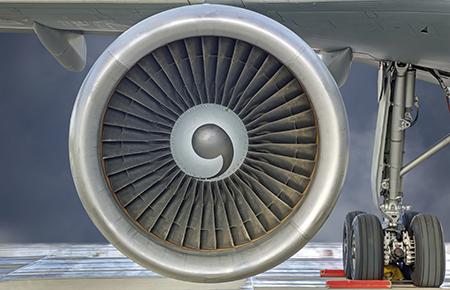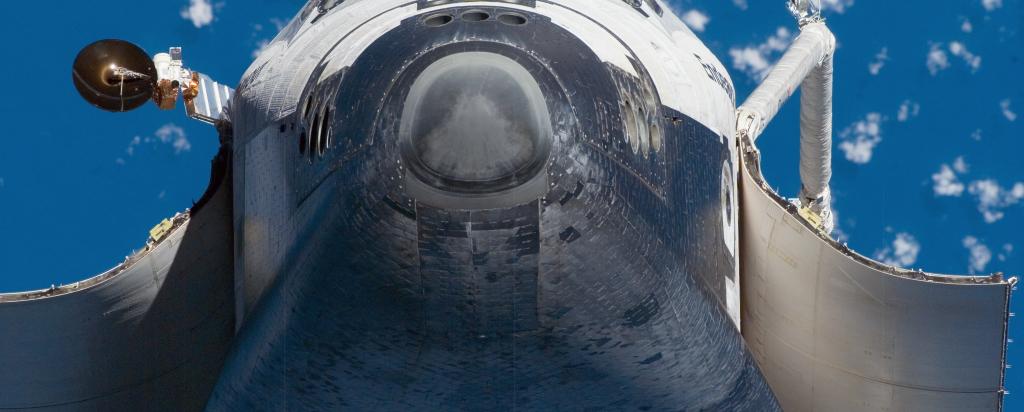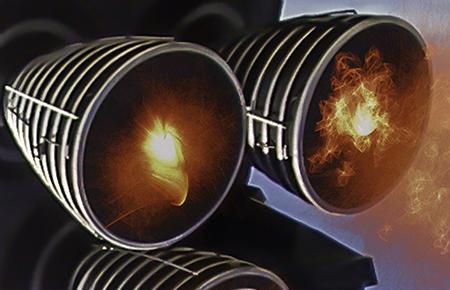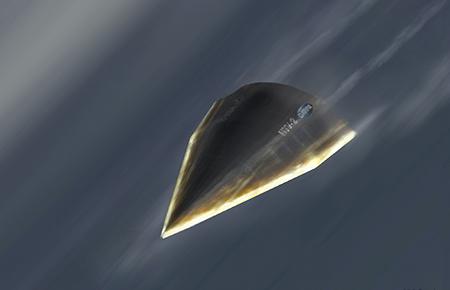

Australian Centre for Neutron Scattering
Material researchers at ANSTO use a range of in-house capabilities in the development, testing and characterisation of existing and emerging materials for extreme environments of the novel nuclear (fission/fusion) based energy-generation systems.
These materials are required to withstand a combination of challenging in-service environmental conditions such as high temperature, corrosion/oxidation, high-energy particle radiation and photon gamma irradiation.
ANSTO’s expertise and knowledge of materials for extreme environments can directly support aerospace and space research in Australia and internationally.
Building on experience gained in materials for advanced nuclear systems, ANSTO’s activities in this area are focussed on development, performance and in-service degradation of:
- Nickel-based superalloys
- Reinforced carbon-Carbon (C/C) composites, and
- Ultra-high temperature ceramics (UHTC)
The nickel-based superalloys can routinely withstand temperatures above 500° C and are commonly used for aircraft turbine blades, among other high-temperature jet-engine parts.

Reinforced C/C composites are used for thermal and thermal-shock shielding, such as the nose of the space shuttle and rocket nozzles. These materials are light-weighted with the density about 1.6 g/cm3 and they retain the strength at temperatures above 1500 °C.

Ultra-High Temperature Ceramics (UHTC) are a novel class of materials with dual metal-ceramic-like characteristics stemming from the strong covalent bonds. They melting temperature is above 2500 °C with a good oxidation resistance.

Artist concept ©DARPA
In aerospace, UHTC are considered for geometrically stable sharp leading edges and thermal shielding of future hypersonic and re-entry vehicles.
ANSTO is working on the manufacturing of various UHTCs using in-house available processing routes such as, vacuum hot pressing/sintering, cold-pressing followed by pressureless sintering, hot isostatic pressing (HIPing).
ANSTO scientists also model the complex behaviour of materials under extreme conditions from the atomistic to engineering scale.

